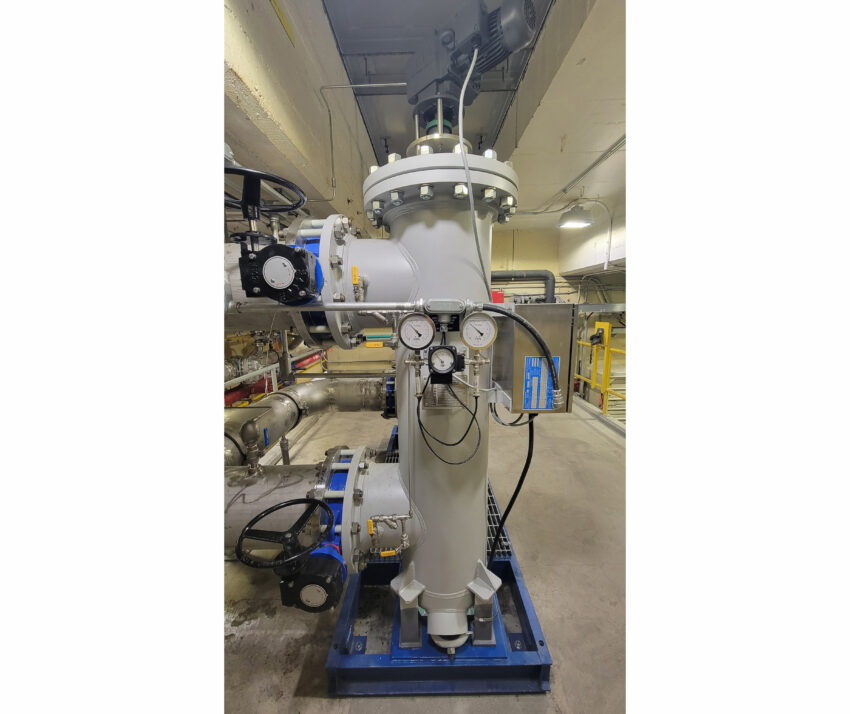The food processing industry depends on industrial strainers to separate unwanted suspended solids from liquids and slurries. However, conventional strainer methods can prove to be unreliable and lead to extensive maintenance, particularly in cases where the debris or solids are of substantial size and there is a significant amount of suspended solids present.
Fortunately for food processors, the utilization of a novel blend of industrial wastewater technologies now allows for the efficient removal of solids without the need for extensive manual labor, worker exposure to messy or potentially hazardous substances, or constant maintenance. Specifically, the design involves a one-two punch combination of a macerator, which breaks down large solids into smaller fragments, and an automated scraper strainer flexible enough to efficiently filter out larger debris along with tiny particles. This innovative solution can even accommodate high solids loading without clogging.
The combination of these two established technologies is already being applied to some of the toughest, dirtiest food processor straining applications. For food processors, automated scraper strainers paired with macerators can eliminate high volumes of large, suspended solids from slurries for “set it and forget it” approach.
In this configuration, a macerator would be installed upstream to reduce large solids down to a manageable size. The capabilities of the automated strainer are crucial to the process as well.
“Although the macerator cuts up the biggest solids, the strainer must still be able to separate both relatively large pieces and tiny particles while handling high solids loading without becoming obstructed,” says Robert Presser, Vice President of Acme Engineering Prod., Inc., a North American manufacturer of industrial self-cleaning strainers. The company is an ISO 9001:2015 certified manufacturer of environmental controls and systems with integrated mechanical, electrical, and electronic capabilities.
In the case of Acme, the OEM’s automated scraper strainer is designed to continually remove both very large and very small, suspended solids from liquids and slurries. Cleaning is accomplished by a spring-loaded blade and brush system, managed by a fully automatic control system.
Four scraper brushes rotate at 8 RPM, resulting in a cleaning rate of 32 strokes per minute. The scraper brushes get into wedge-wire slots and dislodge resistant particulates and solids. This approach enables the scraper strainers to resist clogging and fouling when faced with large solids and high solids concentration.
Blowdown typically occurs only at the end of the intermittent scraping cycle when a valve is opened for a few seconds to remove solids from the collector area. Liquid loss is well below 1% of total flow.
If additional pressure is required to clean the screen, Acme Engineering can add an inexpensive trash pump to the blowdown line to assist in removing the solids from the strainer sump.
Food processors depend on the filtration of liquids or slurries to meet quality and regulatory standards. When the removal of large solids or managing excessive solids loading exceeds the feasibility of manual basket strainer cleaning, integrating a combination of highly effective technologies may be the best decision.
For more info, visit Acme Engineering Prod. Inc. at acmeprod.com or in the U.S.; phone Robert Presser, Vice President at: 518-236-5659; in Canada phone: 514-342-5656.

